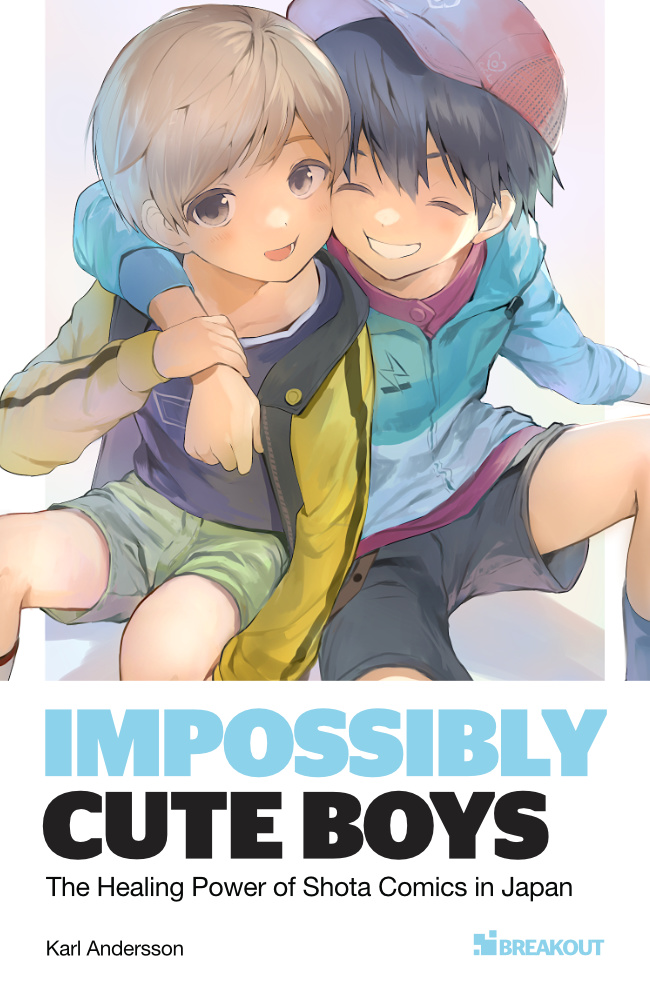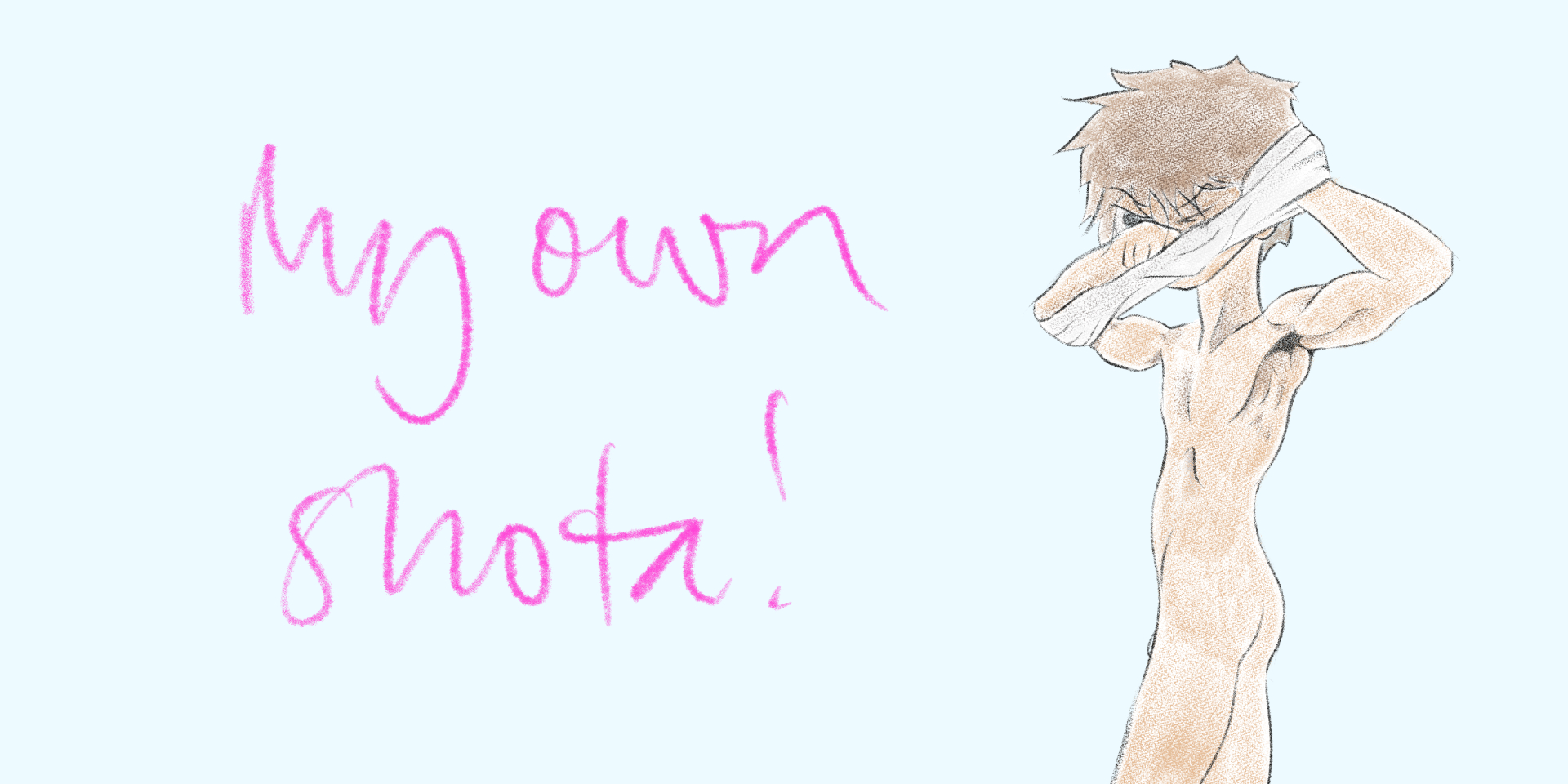In ショタコンのゆりかご (shotacon no yurikago = “the cradle of shotacon”), shota expert Budōuri Kusuko (interviewed in 腐男子にきく) traces the origins of the manga genre shotacon. His focus is commercial shota magazines rather than dōjinshi.
The essay begins with a richly referenced study (first published in October 2006) into the etymology of the word shotacon, which partly relies on Watanabe Yumiko’s essay ショタの研究 (shota no kenkyū = “shota research”).
The second chapter describes “the development of shota expressions” in the 1990s, and the third chapter documents a temporary decline in the genre in the late 1990s.
The fourth and last chapter (first published in September 2007) is devoted to the development of commercial shota publications in the first years of this millennium (up until when Budōuri-san wrote his essay).
ショタコンのゆりかご is an excellent resource that provides important historical data to shota research.
A 10 page appendix with data on shota titles accompanies this essay.
An English summary of Budōuri’s findings can be found here:






